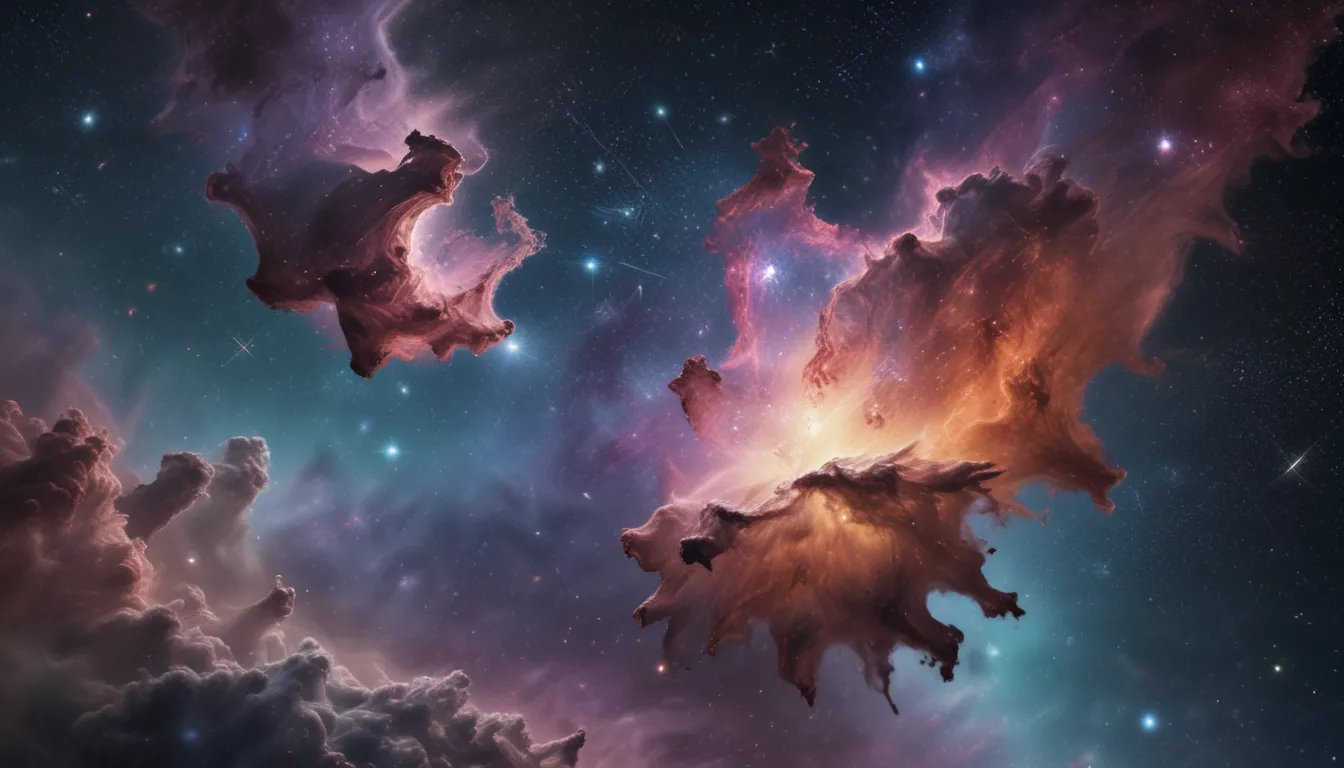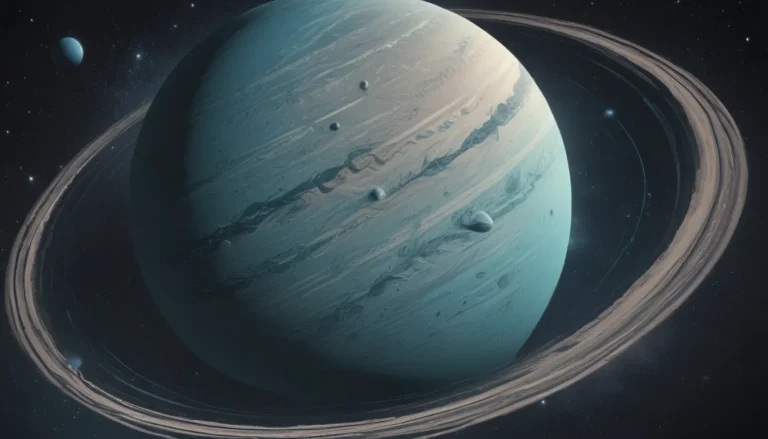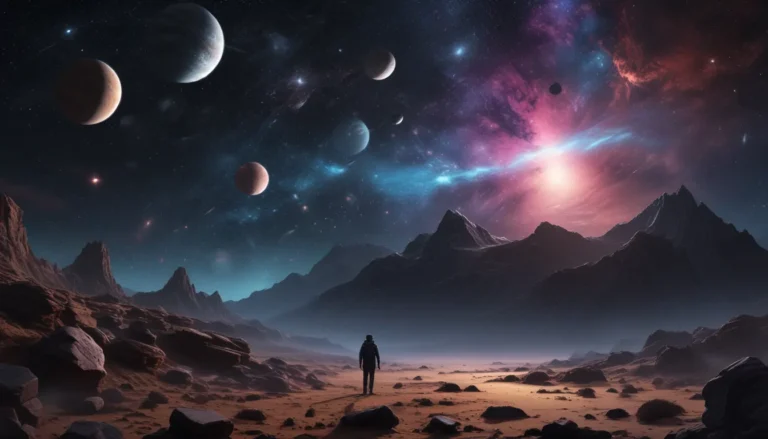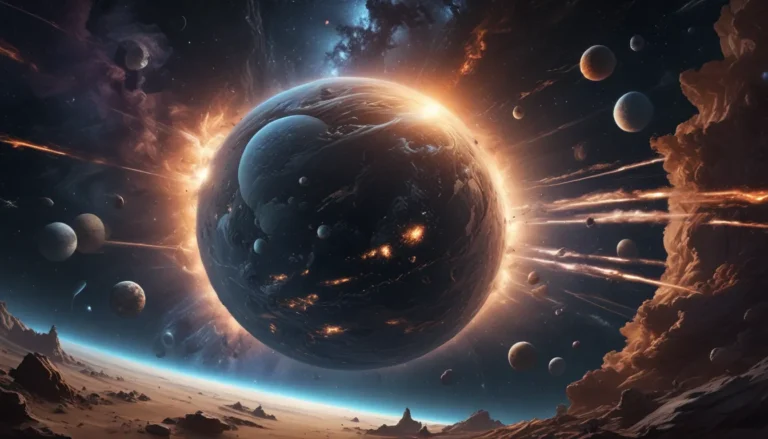The pictures we use in our articles might not show exactly what the words say. We choose these pictures to make you interested in reading more. The pictures work together with the words but don’t take their place. The words still tell you the important facts.
The Small Magellanic Cloud (SMC) is a captivating cosmic entity that has intrigued astronomers and astrophysicists for centuries. Situated approximately 200,000 light-years away in the southern constellation of Tucana, the SMC is not your typical cloud but rather a dwarf irregular galaxy. In this article, we will delve into the fascinating world of the Small Magellanic Cloud, uncovering eight astounding facts that showcase its unique characteristics and contribute to our understanding of the vast universe we call home. Join us on a journey of astronomical wonder as we explore the wonders of the Small Magellanic Cloud.
Unveiling the Small Magellanic Cloud (SMC)
The Small Magellanic Cloud (SMC) is a dwarf galaxy found in the southern hemisphere, visible to the naked eye from certain regions on Earth. Classified as a dwarf irregular galaxy due to its irregular shape and low luminosity, the SMC stands as a testament to the diversity of cosmic structures in our universe.
Proximity to the Milky Way
Located a mere 200,000 light-years from the Milky Way, the Small Magellanic Cloud (SMC) stands as one of the closest galaxies to our own. This proximity allows astronomers to study its structure and stellar population in greater detail, shedding light on the intricacies of galactic evolution.
A Stellar Nursery
The Small Magellanic Cloud (SMC) boasts a rich history of star formation, hosting a multitude of young, hot stars within its boundaries. Active star-forming regions dotted throughout the galaxy give birth to massive stars from dense clouds of dust and gas, creating vibrant emission nebulae known as H II regions.
A Stellar Cluster: NGC 602
One of the notable features of the Small Magellanic Cloud (SMC) is the stellar cluster NGC 602, a diverse collection of young stars enveloped by pink hydrogen gas clouds. This cluster serves as a key observation point for studying the intricacies of star formation processes.
Supernova Explosions
Throughout its history, the Small Magellanic Cloud (SMC) has been a witness to numerous supernova explosions. These awe-inspiring events occur when massive stars reach the end of their lifecycle, erupting in a spectacular display of light and energy, offering scientists a unique vantage point for studying these cosmic phenomena.
The Bar Structure Phenomenon
The central region of the Small Magellanic Cloud (SMC) reveals a distinctive bar-shaped structure comprising stars, gas, and dust. This bar formation is believed to have originated from gravitational interactions with its larger neighbor, the Milky Way, showcasing the dynamic interplay between galaxies in the cosmic landscape.
An Astronomical Laboratory
Given its unique properties and proximity to Earth, the Small Magellanic Cloud (SMC) serves as a valuable astronomical laboratory for studying a range of astrophysical processes. From stellar evolution to star formation and the interstellar medium, astronomers glean invaluable insights from exploring this cosmic marvel.
The Globular Cluster 47 Tucanae
Nestled within the Small Magellanic Cloud (SMC) lies the remarkable globular cluster, 47 Tucanae, teeming with hundreds of thousands of stars bound together by gravity in a dense, spherical configuration. This cluster offers a glimpse into the evolution of globular clusters, shedding light on their formation and composition.
Unraveling the Mysteries of the Small Magellanic Cloud
The Small Magellanic Cloud (SMC) stands as a testament to the wonders of our universe, captivating astronomers and enthusiasts with its enigmatic features and surprising discoveries. From its formation and structure to its interactions with the Milky Way, studying the SMC provides valuable insights into galaxy evolution and the nature of dark matter. Embark on an exploration of its remarkable star clusters, swirling gases, and intriguing stellar populations, uncovering a trove of cosmic secrets waiting to be revealed.
FAQs
- What is the Small Magellanic Cloud?
-
The Small Magellanic Cloud is a nearby dwarf galaxy visible from the southern hemisphere and is named after the explorer Ferdinand Magellan.
-
How far is the SMC from Earth?
-
The Small Magellanic Cloud is approximately 200,000 light-years away from Earth.
-
What can studying the SMC teach us?
-
Studying the SMC provides insights into galaxy formation, dark matter, and the processes of star formation.
-
Are there unique features of the SMC?
-
Yes, the SMC is known for its extraordinary star clusters, including the Tarantula Nebula, one of the largest star-forming regions nearby.
-
How is the SMC connected to the Milky Way?
-
The SMC is considered a satellite galaxy of the Milky Way and is gravitationally bound to our galaxy.
-
Are there ongoing missions focusing on the SMC?
-
Several space telescopes, such as the Hubble Space Telescope, have dedicated observations to studying the SMC in detail.
-
Can the SMC be observed from the northern hemisphere?
-
No, the SMC is primarily visible from the southern hemisphere due to its positioning in the sky.
-
Can the SMC be seen with the naked eye?
- Yes, the Small Magellanic Cloud is visible to the naked eye from regions with dark skies and in the southern hemisphere.
Unveil the Wonders of the Cosmos
Embark on a journey of celestial discovery as you explore the mysteries and marvels of the Small Magellanic Cloud (SMC). From its stellar clusters to supernova explosions, this dwarf galaxy offers a glimpse into the vast, intricate tapestry of the universe. Join astronomers and space enthusiasts in unraveling the secrets of star formation, galactic evolution, and the enigmatic depths of space. Let the Small Magellanic Cloud ignite your curiosity and inspire you to delve deeper into the wonders of the cosmos.






